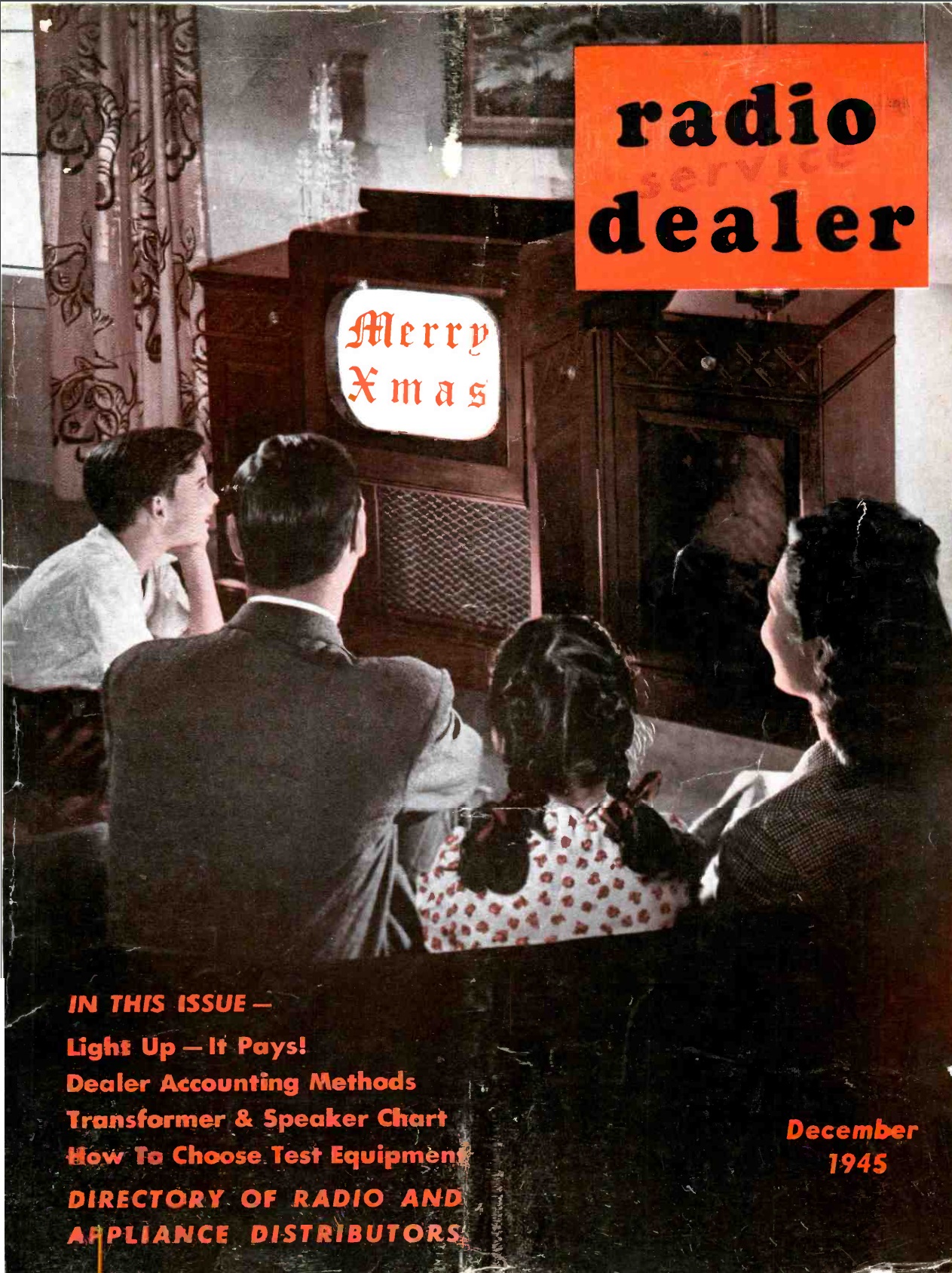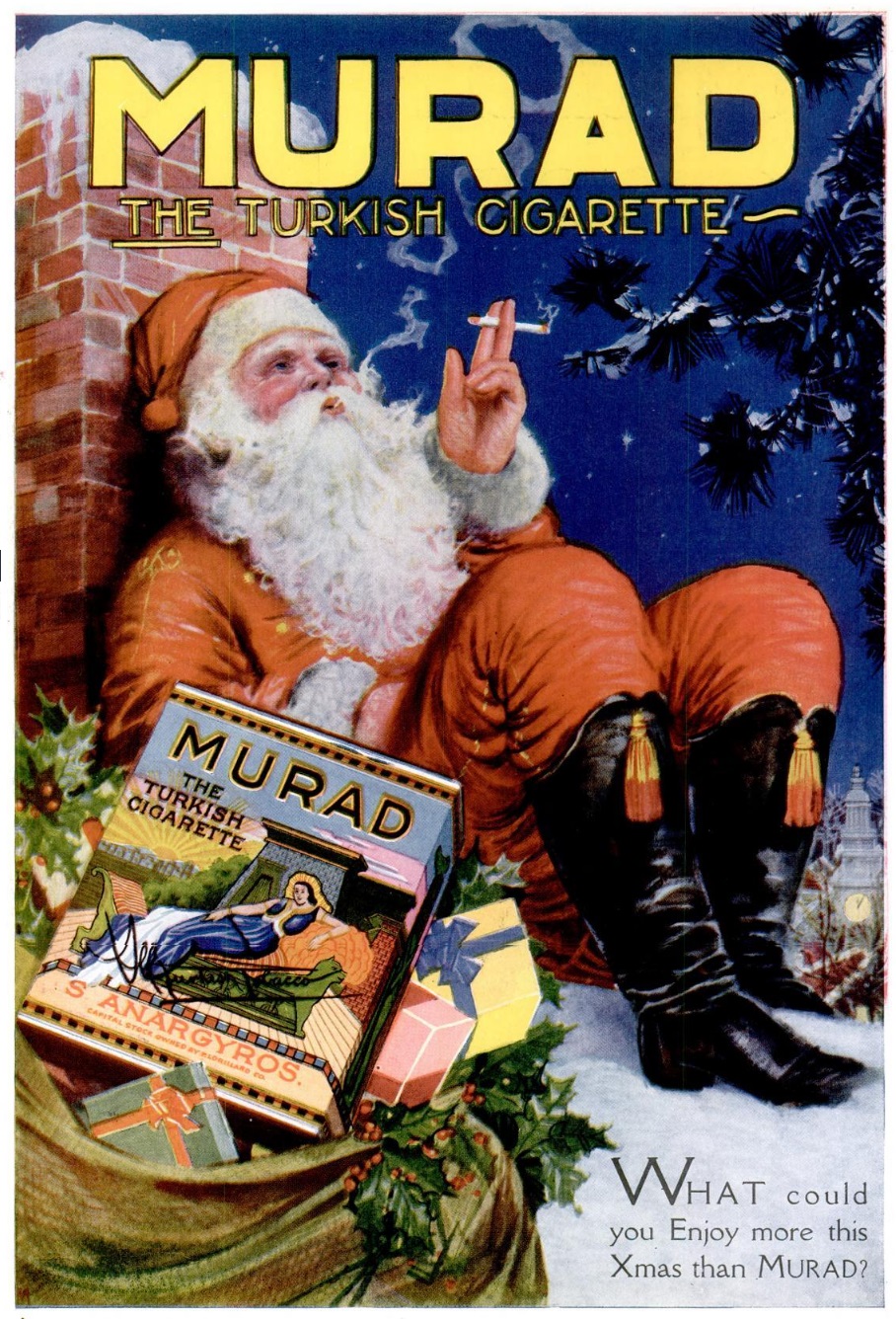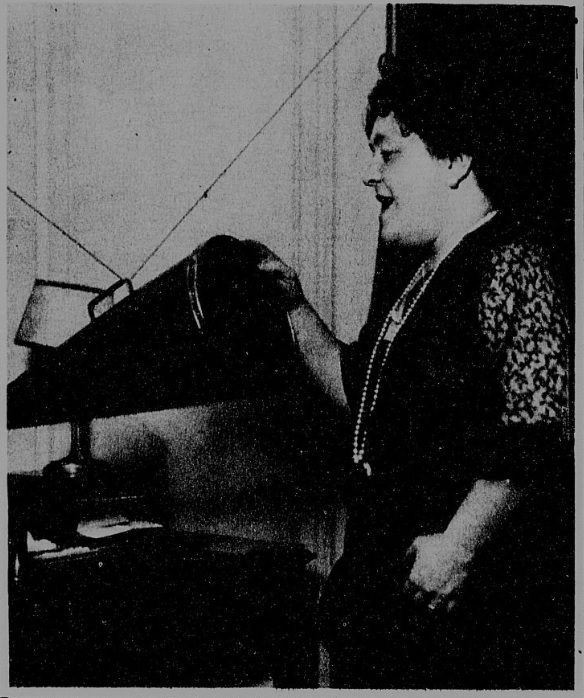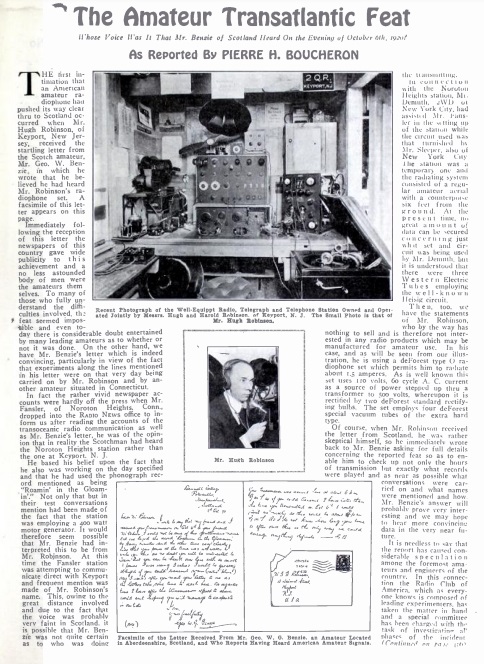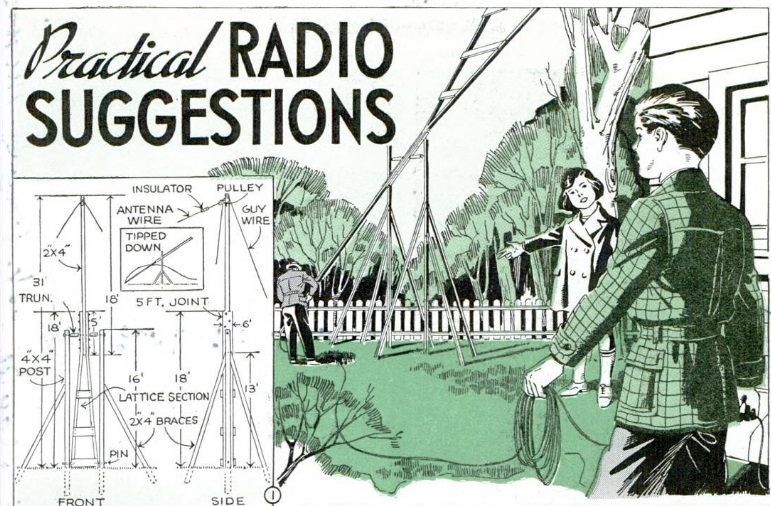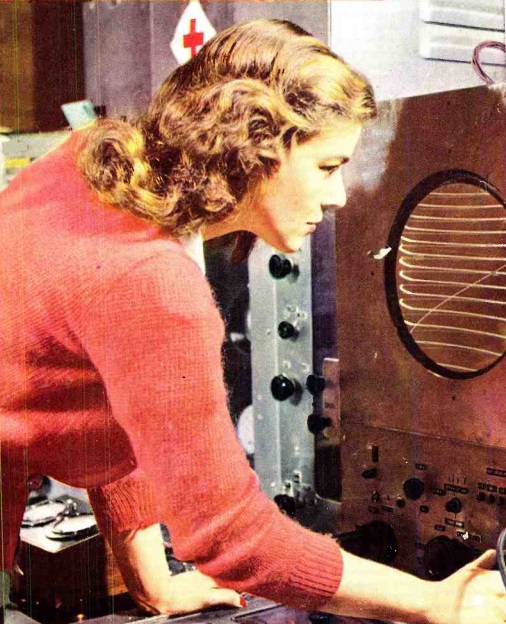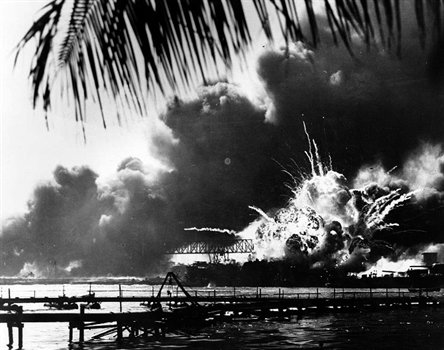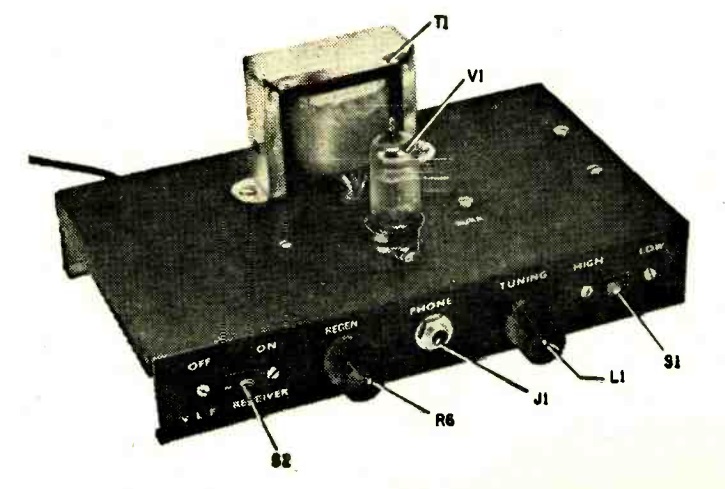 Fifty years ago this month, the December 1970 issue of Science and Electronics showed how to make this one tube VLF receiver with a tuning range of 13-28 kHz. The set used a 6U8A dual triode-pentode, with half serving as regenerative detector and the other half AF amplifier.
Fifty years ago this month, the December 1970 issue of Science and Electronics showed how to make this one tube VLF receiver with a tuning range of 13-28 kHz. The set used a 6U8A dual triode-pentode, with half serving as regenerative detector and the other half AF amplifier.
The tuned circuit used two fixed capacitors in parallel, with one switched in or out to adjust the tuning range. Tuning was accomplished with a variable inductor, originally intended as a TV horizontal oscillator coil.
The author reported that from his Michigan location, he had excellent reception, day and night, of NAA in Maine, NSS in Maryland, and NPG on the west coast. He reported that he copied CW signals consisting of five-letter code groups, as well as plain language press reports, all intended for nuclear subs around the world.
I don’t believe there is normally any CW on the air on these frequencies, although stations such as NAA are still there, sending FSK transmissions which could be heard, but not decoded. One signal that could be decoded, definitely in Europe, or perhaps in North America, is the annual test transmission from SAQ in Grimeton, Sweden, which sends a CW message on Alexanderson Day, each year in June or July.
The author of this project is a familiar one, Hartland Smith, W8VVD, now licensed as W8QX. We previously highlighted his projects such as a steam powered CW transmitter, a 65 watt transmitter, and a shortwave preamplifier. Remarkably, in 1958, he received Transatlantic TV signals with a modified U.S. television set.
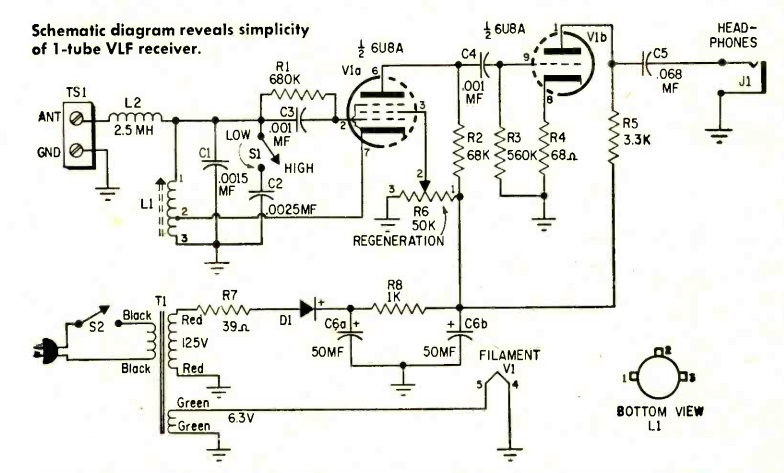
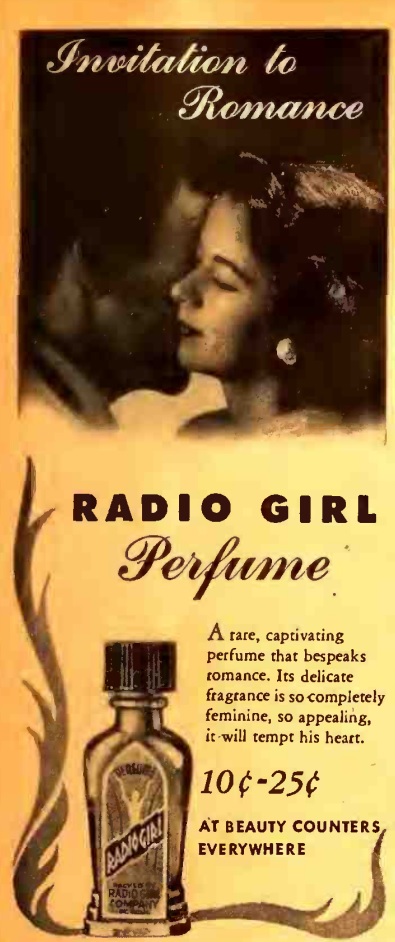 Radio Girl® perfume is the official perfume of OneTubeRadio.com. This ad for the product appeared 75 years ago this month in the December 1945 issue of Radio Mirror magazine. As you can see, you can pick up a bottle at the local beauty counter for only a dime. But we recommending splurging and buying a large bottle for a quarter.
Radio Girl® perfume is the official perfume of OneTubeRadio.com. This ad for the product appeared 75 years ago this month in the December 1945 issue of Radio Mirror magazine. As you can see, you can pick up a bottle at the local beauty counter for only a dime. But we recommending splurging and buying a large bottle for a quarter.
